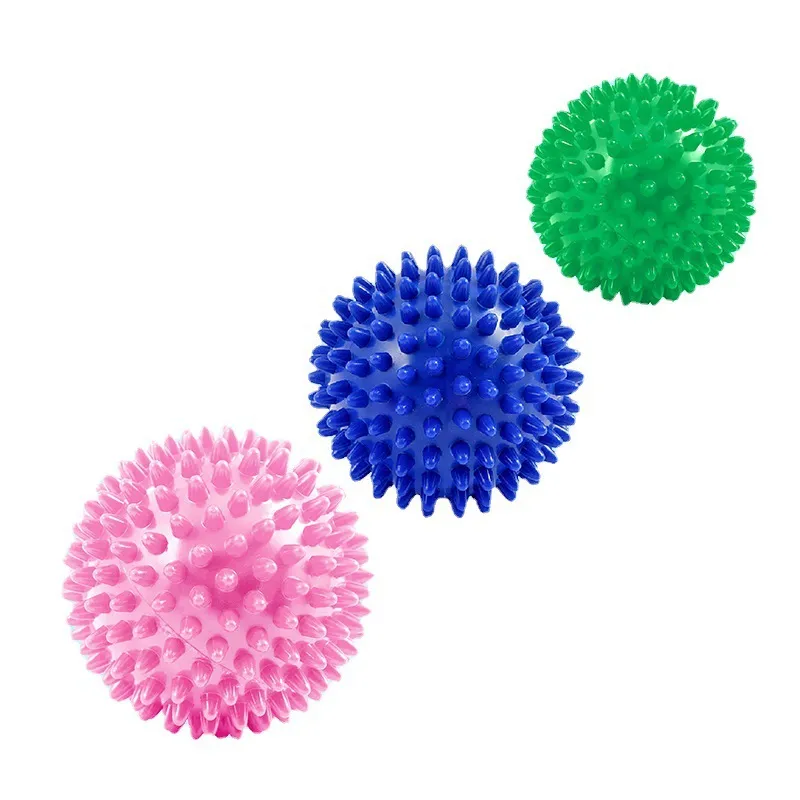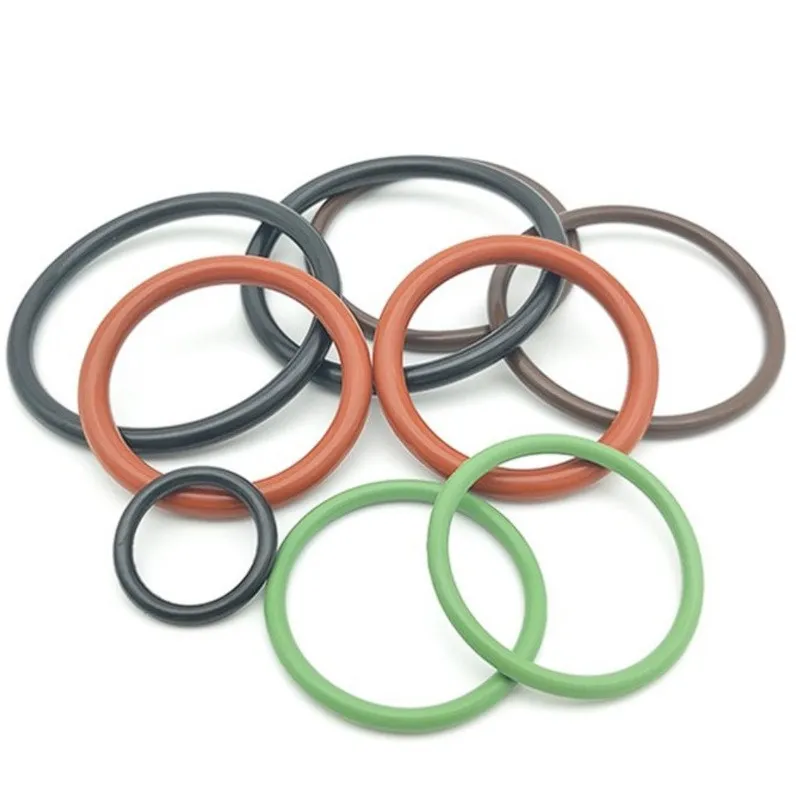Rubber is an elastomer, a big polymer or molecule composed of smaller components called monomers. The polymer cis-1,4-polyisoprene is the main ingredient of natural rubber, which is the most widely used type of rubber. It is extracted from the milky white latex sap of rubber plants.
Styrene-Butadiene Rubber (SBR) is one example of a synthetic rubber that mimics the qualities of its natural equivalent while providing improvements such as increased aging stability and abrasion resistance. Rubber is well regarded for its remarkable flexibility. Its ability to stretch significantly while maintaining its original shape has been used in a variety of applications, including elastic bands and car tyres. It also exudes remarkable resilience to some kinds of chemicals and water.
Conversely, silicone is a synthetic elastomer that is mainly made of silicon, carbon, oxygen, and hydrogen. It consists of an oxygen and silicon atom backbone with organic groups joined to the silicon atoms at the molecular level.
The exceptional temperature resistance of silicone is one of its best qualities. It is resistant to temperatures as low as -55°C and as high as 300°C; certain varieties are even capable of withstanding temperatures as high as 600°C. Silicone is indestructible, even in extreme temperatures like a baking oven or a Siberian winter! Conversely, rubber tends to become too soft and sticky in the heat or too brittle in the cold when exposed to severe temperatures.
Additionally, silicone ages better in the sun than rubber does. Silicone is hardly affected by UV light, which causes rubber to break and deteriorate over time. Silicone is a great option for outdoor applications because of its UV resistance.
Difference Between Silicone and Rubber
Although silicone and rubber are both very flexible, there are some notable differences in the degree and circumstances under which they stay flexible. While silicone performs better than rubber in typical room temperatures, silicone is superior in extremely cold temperatures because it retains its flexibility while rubber becomes stiff. Although water resistance is a feature shared by both materials, silicone exhibits superior resistance to a broader spectrum of chemicals, oils, and acids. For example, silicone has an advantage in the manufacturing of vehicle seals and gaskets since it is typically more resistant to car oil than the normal rubber varieties.
Rubber Performing Better than Silicone.
Even though silicone has advantages, there are some situations where rubber excels. Applications requiring great abrasion resistance are one of them. Rubber, especially some synthetic varieties such as Polyurethane rubber, has exceptional resistance to abrasion, which makes it perfect for uses such as protective gloves, shoe soles, and conveyor belts. Rubber is also preferred in applications with high degrees of strain or stress, such as some kinds of gaskets or seals, due to its better tear resistance. For example, nitrile rubber fared around 70% better than silicone in tests of tear resistance, according to a 2020 report published by the American Society of Mechanical Engineers (ASME).
Silicone vs Rubber in Medicine and Food Processing
Due to its distinct qualities from rubber, silicone is a substance that can be employed in the food processing sector and for medical purposes. Silicone is an excellent material that can tolerate constant stresses and pressures for a significantly longer period of time than rubber and does not corrode or split in the process because of its longevity and tolerance to temperature and pressure. A more hygienic structure overall, reduced contamination, and long-term cost savings are all benefits of employing silicone.
Silicone vs Natural Rubber
The sap of the rubber tree is used to naturally manufacture natural rubber, also known by the chemical name polyisoprene. Conversely, silicone is a manufactured substance. Despite being elastomers, the two materials have different qualities in many areas.
At temperatures as low as -50 °C, silicone and natural rubber can both function. But silicone can function at far higher temperatures than rubber from nature. At 80 °C, natural rubber begins to degrade, and at 120 °C, it melts. Silicone may be prepared to function at temperatures as high as 230 °C. Additionally, silicone resists flames far better than natural rubber does. Of course, silicone is a better material for applications that require high temperatures. Natural rubber and silicone are not very resistant to hydrocarbon fuels and lubricants. But silicone is often a superior option for chemical sealing applications since it has a wider range of chemical resistance than natural rubber. However, the specific chemicals that the material will be used with will determine which kind of material.
Compared to silicone, natural rubber has substantially greater tensile strength, rip strength, and abrasion resistance. It is utilized in high-wear applications including conveyor belts and tyre treads. Since silicone has a limited level of abrasion resistance, natural rubber is a preferable option for parts that will be worn down and subjected to abrasion. Due to its exceptional resistance to UV rays and weathering, silicone is frequently used in outdoor applications including window and door seals. Natural rubber, on the other hand, weathers quickly and is not appropriate for outdoor use. Silicone is a superior option if your application will be exposed to the weather.

How Different is Silicone from Plastic?
The most obvious functional distinction between silicone and plastic is its inert nature, which, in the long run, results in a much more durable product. Additionally, it is more flexible than other plastics and won’t degrade in the same way when exposed to extreme heat or cold.
Is Silicone better than Plastic?
The answer to this is yes. When compared to comparable plastic items, silicone’s durability and lifespan imply that it is a better option for the environment and everyday customer use. Our society’s consumption of plastics is incredibly destructive and unsustainable; silicone items are always multi-use and have longer lifespans, but plastics are mostly single-use. Some single-use materials can be completely eliminated by covering a bowl of leftovers with a flexible silicon lid instead of saran wrap or aluminum. Furthermore, silicone does not decompose into the hazardous microplastics that contaminate our oceans and endanger aquatic life to such an extent. Furthermore, silicone does not emit the dangerous poisons that plastics do when they burn; instead, when silicone is burned, the ashes are packed up and turned back into silica.

Silicone Gasket vs Rubber
In the industrial sector, silicone gaskets are superior to synthetic rubber due to their unique features. Silicone functions effectively in temperatures between -100°C (-150°F) and +250°C (+480°F), even though certain synthetic rubbers can withstand much higher temperatures. This makes silicone ideal for aviation engines and ventilation. Additionally resistant to electricity and water, these gaskets enable FDA-compliant grades to function in food-service operations such as industrial ovens. Breiner supplies silicone gaskets to the medical sector, which includes valves, surgical heart pumps, and pharmacies. Although silicone gaskets are useful in a wide range of industries, businesses should be aware that silicone works best in harsh environments. Finding the right gasket for a machine is necessary because they all experience different levels of tension when being used, whether they are indoors or outdoors.

An example of a rubber gasket.
CONCLUSION
The primary distinction between natural rubber and silicone rubber is that the former is produced, whereas the latter is obtained by harvesting. If you examine more attentively, you’ll also notice that silicone rubber survives in some environmental situations while natural rubber fails. We hope that you now have a better knowledge of silicone’s amazing qualities and how it differs from ordinary rubber. Because of its distinct resistances, silicone rubber is the ideal material for a wide range of applications. Think about using silicone rubber in your product.